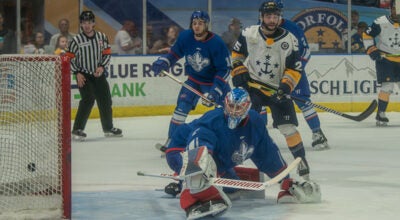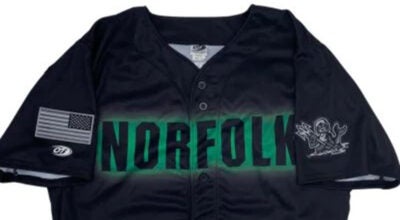Boating Safe – How about those flares? (Part I)
Published 9:45 pm Thursday, November 6, 2008
Remember the comedian Rodney Dangerfield?
One of the most famous stand-up comics of the 20th century, Dangerfield, who passed away a few years ago, had a signature phrase, “No Respect”. He repeated it in just about every stand-up routine. “No respect, I tell ya….I get no respect!” Throughout his career he was always telling his audiences that he never got any respect in any thing that he did, from his profession, to his relations with his children, even his barber. In many ways Dangerfield’s thoughts about “respect” can extend to this column’s topic, the humble flare.
When boaters think of equipment they absolutely must have onboard, of course there’s hi-tech gear like radios, GPS and EPIRBs. Those are all good ideas, but what about the flare?
Let me illustrate my point with a quick quiz. How many of you knew the flares onboard your vessel have a shelf life? Surprised? Well they do. Just like the milk or creamer in your fridge these important pieces of boating safety equipment have an expiration date. Let the milk stay too long in your fridge while on vacation, what occurs? You get a biological experiment and a smelly fridge at the same time.
In the case of flares there are federal laws that govern your actions as a boater. There are lots of wonderful Web sites to get good information on safe boating rules and requirements.
One of my personal favorites is boatamerica.com. This site’s presentations are colorful, easy to navigate, and understand. Here is Boat America’s quote from the federal regulations,
“Visual Distress Signals:
All recreational boats, when used on coastal waters, the Great Lakes, territorial seas and those waters connected directly to the Great Lakes and the territorial seas, up to a point where a body of water is less than two miles wide must be equipped with Visual Distress Signals. The following are exempted from the requirements for day signals and only need to carry night signals when operating at night:
Recreational boats less than 16 feet in length, boats participating in organized events such as races, regattas or marine parades, open sailboats less than 26 feet in length not equipped with propulsion machinery, manually-propelled boats.
Pyrotechnic Visual Distress Signals must be Coast Guard approved, in serviceable condition and stowed to be readily accessible. They are marked with a date showing the serviceable life, and this date must not have passed. Launchers produced before Jan. 1, 1981, intended for use with approved signals are not required to be Coast Guard approved.
USCG approved Pyrotechnic Visual Distress Signals and associated devices include:
Pyrotechnic red flares, hand-held or aerial Pyrotechnic orange smoke, hand-held or floating launchers for aerial red meteors or parachute flares
Non-Pyrotechnic Visual Distress Signaling Devices must carry the manufacturer’s certification that they meet Coast Guard requirements. They must be in serviceable condition and stowed to be readily accessible. This group includes:
Orange distress flag, electric distress light.
No single signaling device is ideal under all conditions and for all purposes. Consideration should therefore be given to carrying several types. For example, an aerial flare can be seen over a long distance on a clear night, but for closer work, a hand-held flare may be more useful.”
Hopefully this information is useful to you. We will continue our discussion in the next installment of this column. Until then, boat safe, boat smart and remember the humble flare. It may make a big difference in your day on the water when you least expect it.
Dr. Joe DiRenzo III has been the Boating columnist for the News-Herald for over seven years. A retired Coast Guard officer and former cutter Commanding Officer, he is nationally and internationally published on Maritime Transportation Security issues.






